Larache: An Old Spanish Colony in Morocco
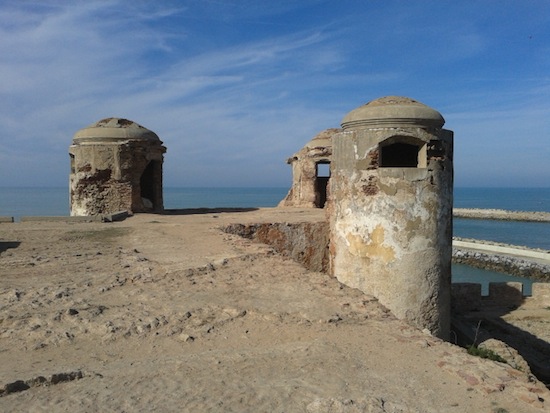
Morocco is a country of many parts. While most visitors go down the the Atlas Mountains and the important cities in the interior like Fez and Marrakesh, or strike out into the southern desert, the Moroccan coast is well worth a visit. The Atlantic coast in particular has some interesting historic ports.
Larache is an hour and a half drive along the coast from the Strait of Gibraltar and makes for a good day trip from Tangier. Nearby is the Roman city of Lixus, the main reason we went. Lixus used to be a harbor until the Oued Loukos estuary silted up, marooning it inland and forcing the residents to build the newer city of Larache around the 15th century AD.
For many years it was an important fishing port and was the main shipbuilding center for the Barbary corsairs. Local artisans used wood from the nearby Forest of Mamora, which still stands today and makes a good place for a peaceful stroll.
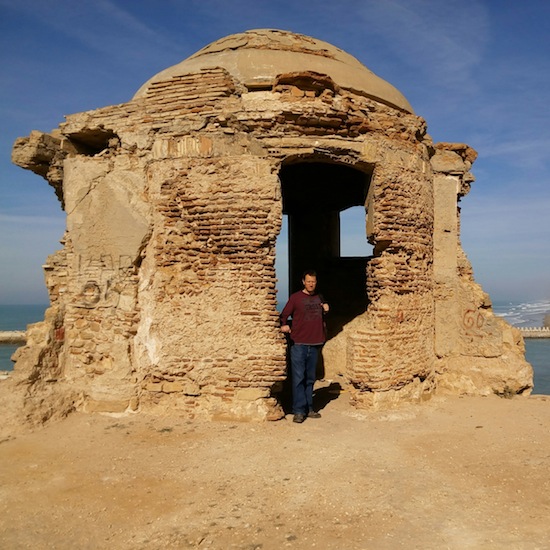
Partly to stop this sort of thing, and partly to secure more control of the Atlantic, the Spanish occupied Larache in the 17th century. They expanded the medina by adding the Zoco de la Alcaiceria, so that there’s a strange Spanish feel to the old traditional Moroccan market. To protect the port they built the Kasbah de la Cigogne, an imposing fort overlooking the entrance to the harbor.
This was our first stop. Unfortunately the fort is crumbling away due to neglect and has become a popular hangout for local drug addicts. As my wife and I wandered through the shady interior, we could smell hash smoke wafting through the air. This is done quite openly here and in other parts of Morocco, so it didn’t make me nervous. What did make me nervous was the guy standing guard at the entrance to one of the towers. I could see some figures moving in the shadows within but couldn’t tell what they were doing.
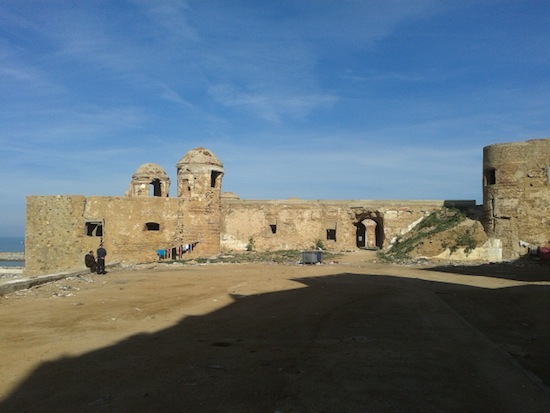

Since my wife was with me, I suppressed my natural curiosity and we made our way past the heaps of trash and puddles of urine and up to the top of the fort. From there we were treated to a sweeping view of the port and city and more hash smoke. The fort is triangular in shape with a sloping wall and three towers to house cannons.
The town itself is much nicer and it, too, has a Spanish feel. After the brief 17th century occupation, Larache returned to Moroccan control but in 1911 it once again became a Spanish colony. It was the main port for northern Spanish zone and still has a thriving Spanish community. Many of the fishermen and dockworkers are Spanish, and the Spanish cathedral one of the few Christian buildings in the country allowed to ring its bells. It’s the only place I’ve visited in Morocco where Spanish seems to be more common than French, although of course Arabic is the main language.
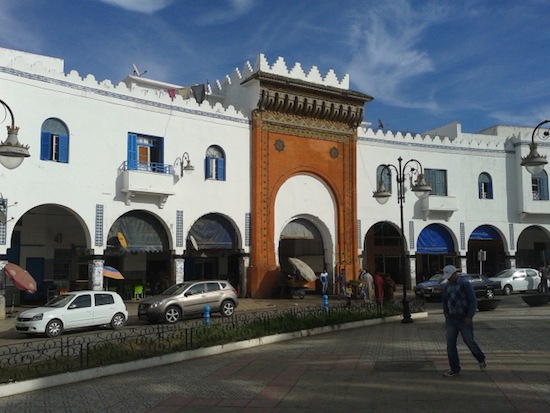
The town is centered around a large circular plaza that used to be called Plaza de España and is now called Place de la Libération. It’s one of the main local hangouts and people lounge at one of the many cafes under the “The Arches.” You’ll find several restaurants offering seafood, for which Larache is famous. You can also get paella, a Spanish dish made with meat or fish, plus rice infused with saffron. An ornate entrance leads to a small medina that has kept its Spanish flavor. There you can find all the usual traditional artisans and shops plus a few art galleries.
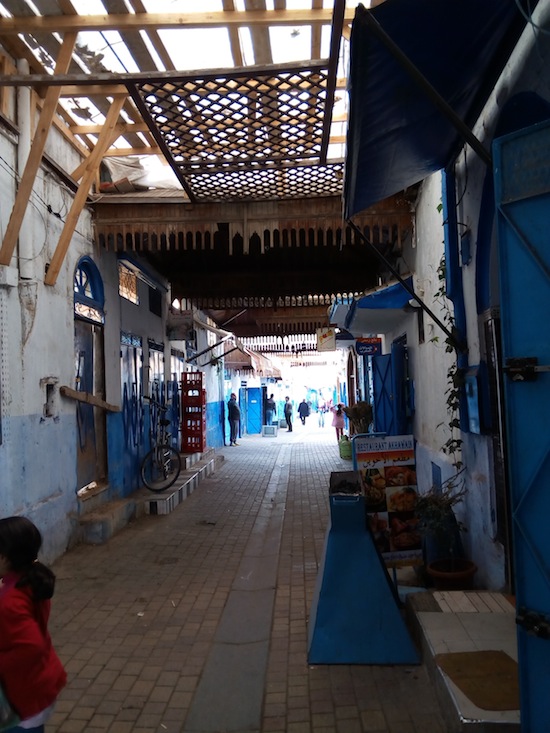
Like much of the Atlantic coast, Larache is a popular beach destination for Moroccans, so you might have trouble finding a hotel in the warmer months. Even though we went in January, it was pleasantly warm during the day. Unless you’re heading further down the coast, it’s probably best just to do it as a day trip from Tangier anyway since the town is small enough to see everything in a day.
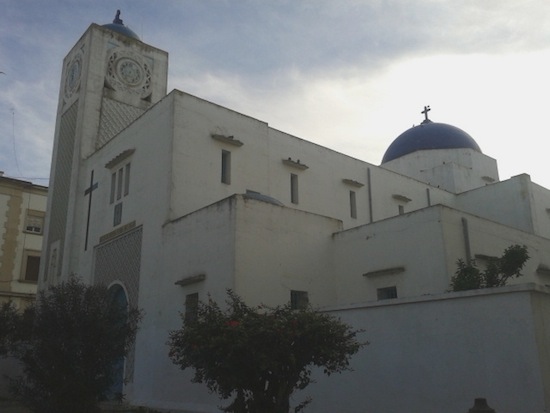
All photos copyright Sean McLachlan unless otherwise noted. More photos below!
Sean McLachlan is the author of the historical fantasy novel A Fine Likeness, set in Civil War Missouri, and several other titles, including his post-apocalyptic series Toxic World that starts with the novel Radio Hope. His historical fantasy novella The Quintessence of Absence, was published by Black Gate. Find out more about him on his blog and Amazon author’s page.
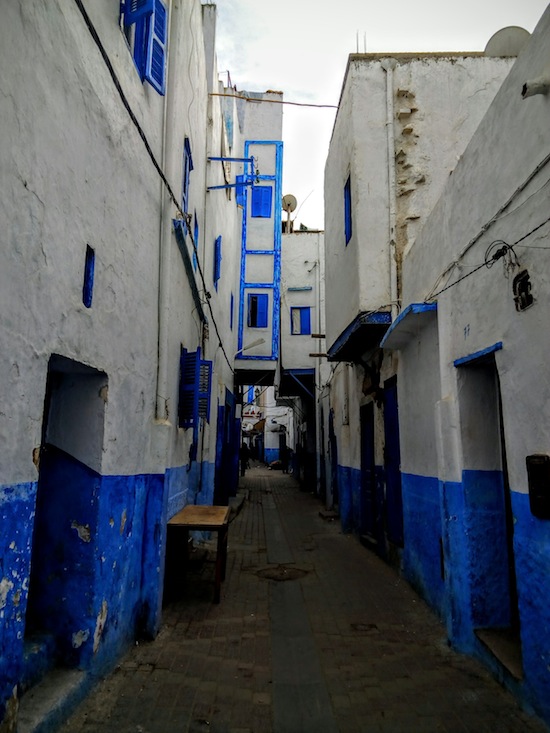
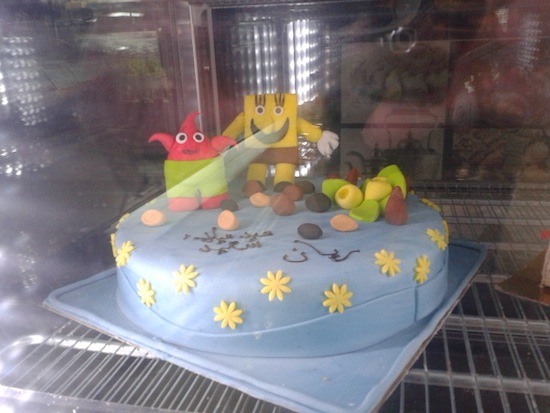
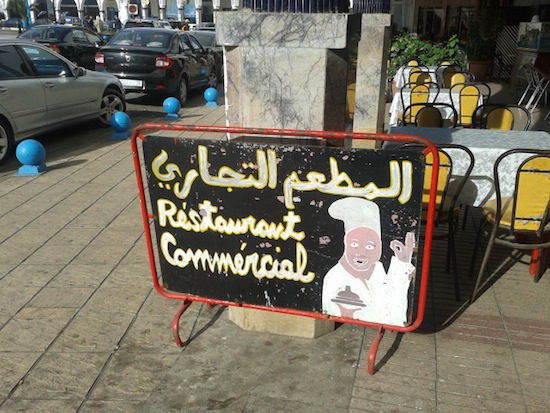
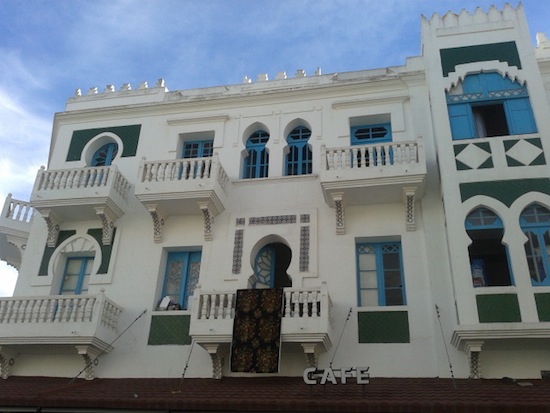
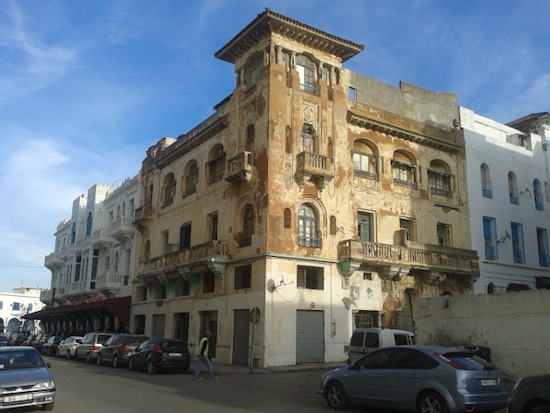
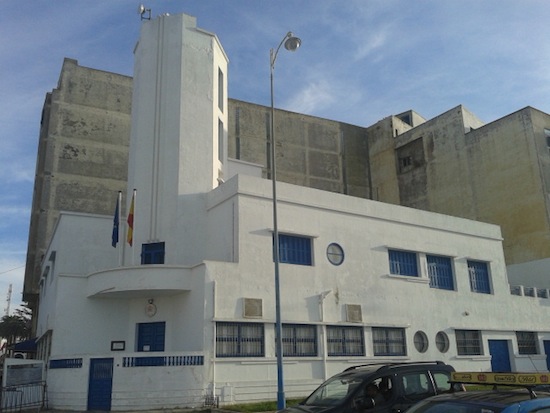
I visited Larache some years ago. Flew to Marrakesh then travelled up Atlantic coast and main cities to Larache to visit the ruins which I had researched. I had not realised the Spanish influence rather than French. Probably my favourite place in Morocco. Then up to Tangier and crossed to near Cadiz – same route as first Moors to ‘conquer’ Espana years ago. Then spent time in Moorish Andalusia. No need to reply. Just wanted to comment on your excellent blog. Thanks.
Paraic O Casaide
Portrush
Co Antrim
Ireland
my dad grew up in larache and when we travel to morocco we stay there in some of my families house